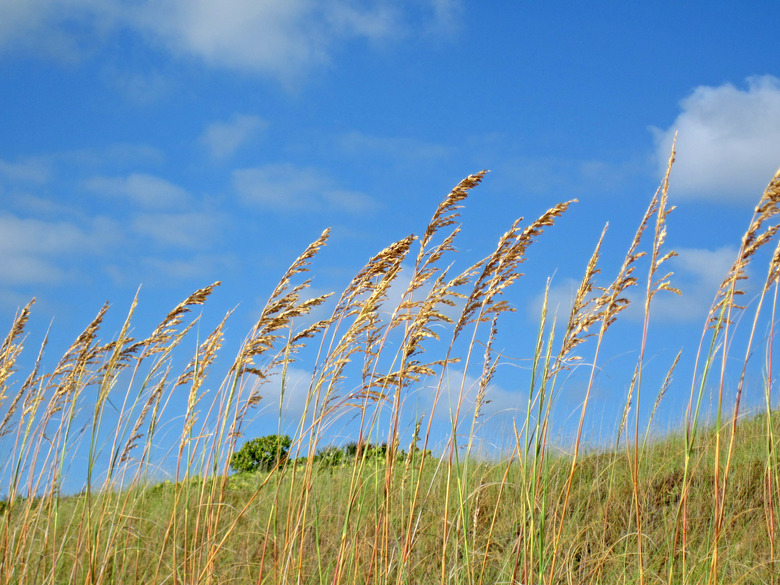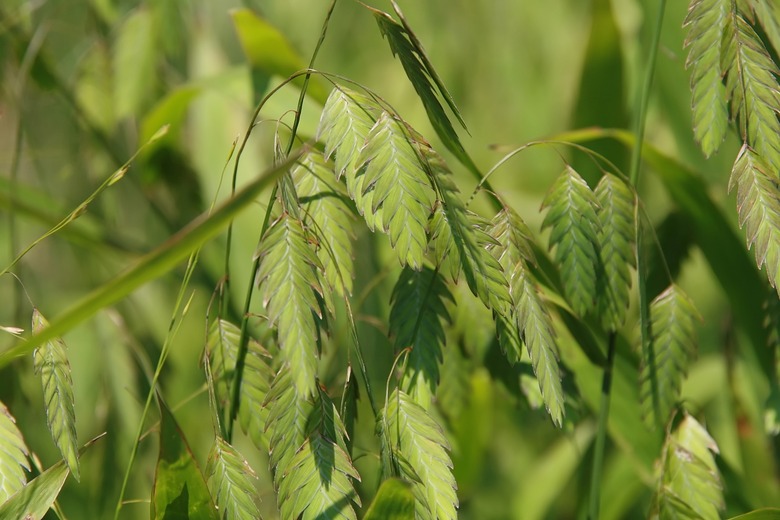How To Grow Sea Oats Grass
The common name "sea oats" refers to two distinct species of perennial grasses native to North America: sea oats (Uniola paniculata, zones 7 to 11) and northern sea oats (Chasmanthium latifolium, zones 3 to 9). Each species has distinct culture and care needs.
Types of Sea Oats Plants
Both sea oats and northern sea oats spread by rhizomes and have similar looking seed heads, however, they are different species. Let's look at the features of these native grasses.
Sea Oats
The species known simply as sea oats is found in coastal areas along eastern North America and parts of the Caribbean. It is often used for the stabilization of sand dunes, especially after storms cause erosion.
This type of sea oat, however, is protected by law in several states, including Florida, which means that collecting or transplanting this species from the wild for propagation is prohibited. Instead, you must purchase sea oats from a growers who are licensed to cultivate this species.
Sea oats can be identified by its nodding seed heads, which follow panicles of white flower spikelets that bloom in early summer. They are drought tolerant plants that can handle salt water and salt spray.
Tip
Sea oats are protected in several states, which means it is illegal to remove them from the wild.
Northern Sea Oats
Also known as river oats, wild oats and inland sea oats, northern sea oats are an ornamental grass. They get their name from their drooping seed heads, which are reminiscent of oats. **They can sometimes become invasive.**
The seed heads are green when they first appear. They turn a tan color during the summer months and take on a purplish tinge in the fall, providing interest in winter. They are also used in flower arrangements.
Northern sea oats have heights between 2 and 5 feet. The foliage turns a yellowish bronze in the fall. This species blooms from June through October and produces green flowers that are attractive when dry.
Growing Sea Oats Grass
Let's look at the cultural needs and care of both sea oats and northern sea oats.
Sea Oats
To plant sea oats on sand dunes, begin by digging a hole that is about a foot deep. You want to make sure that at least 4 inches of the sea oats plant is covered with sand to prevent the roots from becoming exposed when the wind blows and the sand is dispersed. Allow at least 18 inches of space between individual plants.
Sea oats plants are quite drought tolerant, but they benefit from watering once or twice a week for the first several months after planting. Sea oats grow best in full sun.
Tip
Northern sea oats can grow in moist, partially shady areas as long as it is planted in soil that drains well.
Northern Sea Oats
Northern sea oats performs best when grown in part shade. While it needs well-draining soil, this species will grow in many types of soils, including those that are somewhat wet.
While northern sea oats is considered a low-maintenance plant, in some cases it may require staking. Water this type of grass deeply when the soil dries out. Watering is especially important for new plantings in order to help the root system become established.
Northern sea oats is often left untouched during the winter, when the seed heads and foliage provide interest. In these cases, the plants should be cut back in the spring.


